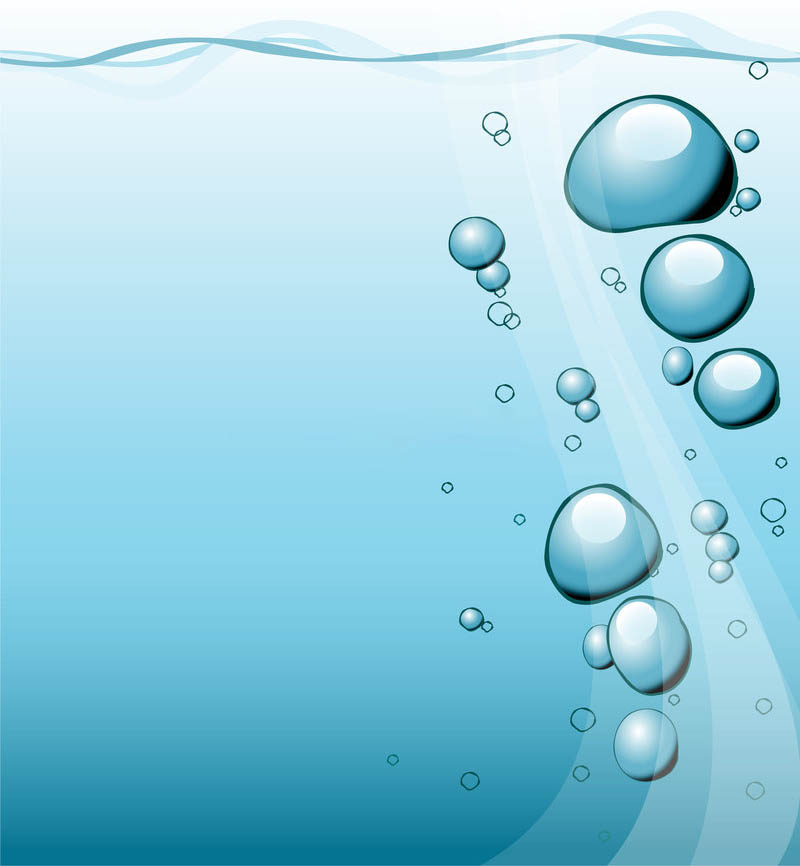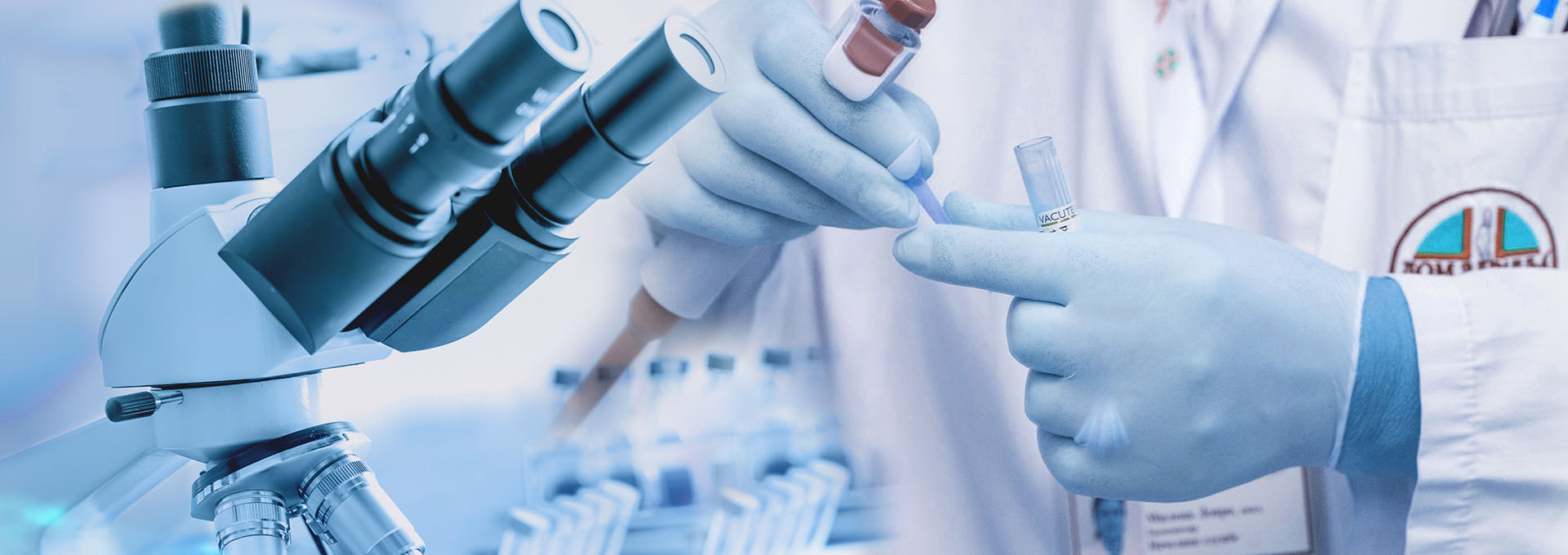Antifoamers are used to reduce the surface tension of water, solution and suspension, prevent foam formation, or reduce foam formed during industrial production. Common Antifoamerss are as follows:
I. Natural Oil (i.e. Soybean Oil, Corn Oil, etc.)
Advantages: available, cost-effective and easy use.
Disadvantages: it is easy to deteriorate and increase the acid value if not stored well.
II. High Carbon Alcohol
High carbon alcohol is a linear molecule with strong hydrophobicity and weak hydrophilicity, which is an effective antifoamer in water system. The antifoaming effect of alcohol is related to its solubility and diffusion in foaming solution. Alcohol of C7 ~ C9 is the most effective Antifoamers. High carbon Alcohol of C12 ~ C22 is prepared with appropriate emulsifiers with particle size of 4 ~ 9μm, with 20~50% water emulsion, that is, defoamer in water system. Some esters also have antifoaming effect in penicillin fermentation, such as phenylethanol oleate and lauryl phenylacetate.
III. Polyether Antifoamers
1. GP Antifoamers
Made by addition polymerization of propylene oxide, or a mixture of ethylene oxide and propylene oxide, with glycerol as the starting agent. It has poor hydrophilicity and low solubility in foaming medium, so it is suitable to be used in thin fermentation liquid. Since its antifoaming ability is superior to that of defoaming, it is suitable to be added in the basal medium to inhibit the foaming process of the whole fermentation process.
2. GPE Antifoamers
Ethylene oxide is added at the end of the polypropylene glycol chain link of GP Antifoamers to form polyoxyethylene oxypropylene glycerol with hydrophilic end. GPE Antifoamer has good hydrophilicity, strong antifoaming ability, but also has large solubility which causes short maintenance time of antifoaming activity. Therefore, it has a good effect in viscous fermentation broth.
3. GPEs Antifoamers
A block copolymer with hydrophobic chains at both ends and hydrophilic chains is formed by sealing the chain end of GPE Antifoamers with hydrophobic stearate. The molecules with this structure tend to gather at the gas-liquid interface, so they have strong surface activity and great defoaming efficiency.
IV. Polyether Modified Silicone
Polyether Modified Silicone Antifoamers is a new type of high-efficiency defoamers. It is cost-effective with the advantages of good dispersion, strong foam inhibition ability, stability, non-toxic and harmless, low volatility and strong Antifoamers ability. According to different internal connection modes, it can be divided into the following two categories:
1. Copolymer with -Si-O-C- bond prepared with acid as catalyst. This defoamer is easy to hydrolysis and has poor stability. If an amine buffer is present, it can be retained for a longer time. But because of its low price, the development potential is very obvious.

2. The copolymer bonded by - si-c-bond has a relatively stable structure and can be stored for more than two years under closed conditions. However, due to the use of expensive platinum as catalyst in the production process, the production cost of this kind of antifoamers is high, so it has not been widely used.
V. Organic Silicon Antifoamer
...next chapter.
Post time: Nov-19-2021

